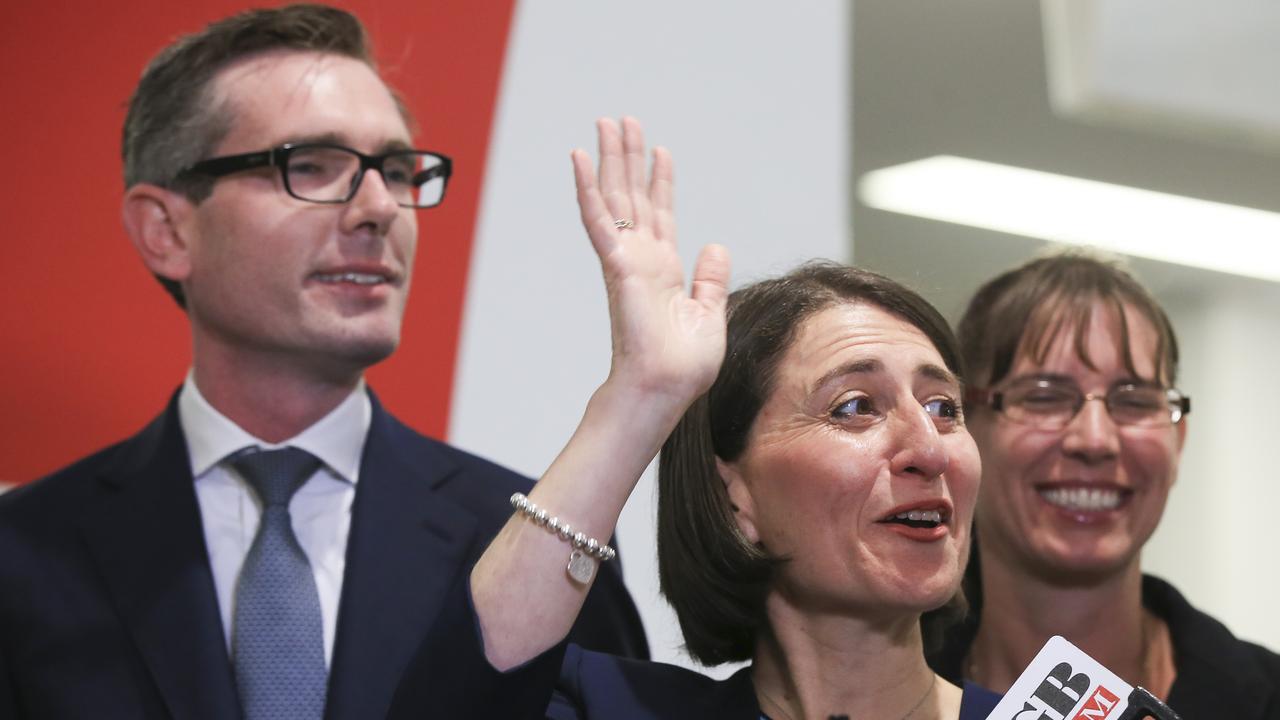Politically uncomfortable truth is a bridge too far
MARGARET Simons, in my experience, is more interested in conspiracy theories and political agendas than straightforward journalism.
MARGARET Simons, in my experience, is more interested in conspiracy theories and political agendas than straightforward journalism.
My encounter with her came some years after my reporting was pivotal in the Hindmarsh Island bridge affair. A series of television reports from May 1995 generated a national controversy and triggered a royal commission. The findings vindicated the stand taken by the so-called dissident Ngarrindjeri women, and vindicated my reporting, by detailing how indigenous "secret women's business" had been fabricated. Rather than an ancient tradition, it had been a contemporary confection that was the culmination of intense activism against a proposed bridge. A federal government ban on construction was overturned and the bridge built.
Four years later, enter Simons. She approached me for an interview in 1999 because she was writing a book on the affair. She had, of course, missed all the action.
All I knew of Simons was her column in The Australian entitled "Earth Mother", not a good portent considering the way Hindmarsh Island had cross-pollinated green, new age and indigenous aspirations in an anti-development crusade.
Our conversation left me in no doubt she came from a familiar perspective - the viewpoint of those who clung to Hindmarsh as the lost opportunity for a symbolic joint victory of feminist, environmental and indigenous causes. In this version of events, I was the white, male supplicant of the conservatives.
My book recounting these events, It Would Be Nice if There was Some Women's Business, was published in November 1996. Hindmarsh Island had been a brutal, bruising affair for everyone it touched. But for me, at the outset, it was a simple case of investigating and revealing an unpalatable truth. At the the height of the maelstrom - attacked as a racist, unethical stooge by the Keating government, the ABC, the journalists' union, churches, green groups and indigenous groups - my ethical obligation was to stay on the case until the truth was exposed, rather than leave the dissident women marooned. It changed all our lives. And not for the better. It taught me that the truth often has few friends.
My rationale in agreeing to meet Simons was that she should not be allowed the excuse of ignorance. She had access to my book and the royal commission report for the relevant facts. But I could explain the context, show my absence of a poker face, and a demeanour Frank Devine once described (unfairly, of course) as "too cranky for any puppeteer".
I needn't have bothered. Simons's book, The Meeting of the Waters, was a wishy-washy, politically correct, new age ex post facto justification of the fabrication claims. The conspiracy, according to Simons's revisionist account, was not the long-running campaign that saw holiday house owners, environmentalists and unionists recruit indigenous help to prevent a development. Rather, her conspiracy had me as part of some vast conservative, News Limited and anti-indigenous effort to damage reconciliation.
Never mind that I didn't work for News Limited, but for the Ten network and a monthly magazine that was a burr under the saddle of News Limited. Never mind that my key informants were indigenous women of the highest standing in their communities. And never mind that where political tentacles touched this story, they were investigated and disclosed.
Simons's book was a sloppy polemic, intent on discrediting the fabrication claims and my work, but through error and innuendo rather than by producing conflicting facts. Her book included new age, mystical nonsense with no supporting evidence: "I heard about post-menopausal woman (sic) who had read the book and had their first periods for years. I heard of other surprise pregnancies, and gynaecological problems resolved." She repeated errors and told fresh untruths, such as writing "the role of the Liberal Party in engineering the emergence of the dissident women would never be revealed", when I had reported the involvement of Liberal frontbencher Ian McLachlan on day one.
Simons even complimented me, but only, it seems, to create snide suspicions about my relationship with an openly gay editor, Christopher Pearson: "In 1994 there was a recent recruit to Pearson's circle: Chris Kenny a handsome young political reporter." Ah, the readers should surmise, that's why Pearson published me; not that there's anything wrong with that.
In the end, Simons could only hang her theory on a later Federal Court case that dismissed the developers' claims for compensation. The judge concluded the fabrication had not been proved.
But Simons's book at least got the political and historical implications right, recognising that in the aftermath, Paul Keating's Aboriginal affairs minister, Robert Tickner, "was generally regarded ... as representative of everything that had been wrong with the Keating government". In 1997, out of power, Labor dropped its opposition to the bridge and admitted it was banned without evidence.
Simons's media conspiracy theory guessed what went on between me and others - whereas I know - and it failed to explain how News Limited's The Advertiser had been the organ of choice for raising the secret women's business claims. Its initially unquestioning coverage fitted the zeitgeist and won its reporter a Walkley Award. Simons's book also won an award. The truth, however, is its own reward.



